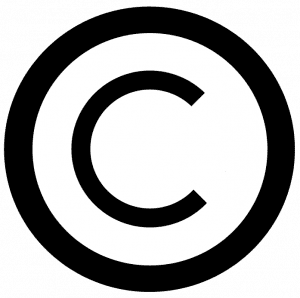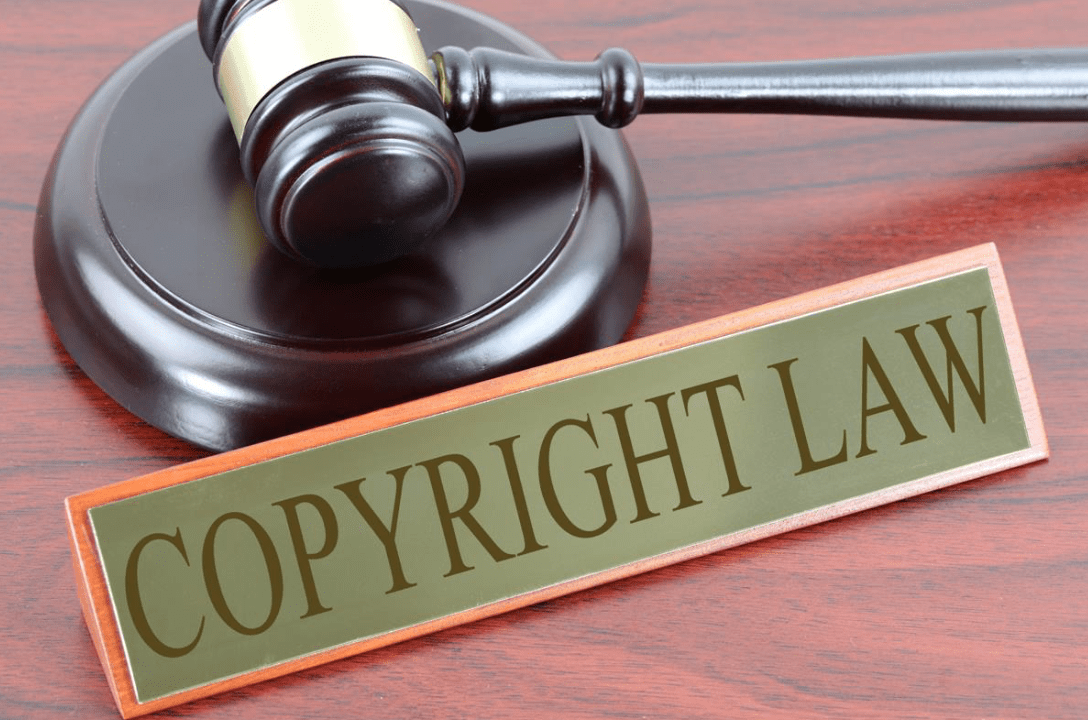The most common type of copyright infringement case involves duplicate websites and lawsuits are ruinous.
As a good designer, you must be aware of the trends around you and also of the traps that can rip you off. When you think of building a website or an app, it is crucial to see if the theme and appearance are not relatable to anyone else’s website or else you can end up being in trouble for copyright infringement. The most common type of copyright infringement case involves duplicate websites and lawsuits are ruinous.
In this article, we will be taking a look at the different types of copyright infringements and how to deal with them in terms of jurisdictions.
Designer’s Ideas and Expressions
It is frequently said that no copyright exists on thought, however, that is not precise. There is no copyright on an idea as it does not have any fixed form of copyrighted work. For instance, if you write a story and it gets infringed by a person who copies your plot and not just one single phrase of the original content, then it is considered as copyright infringement. When dealing with web design, it is always safer to opt for a unique design expression rather than thinking to steal any part of the other’s work.
Copyright protects Your Unique work
All the copyright laws are designed to protect the diversity and uniqueness of one’s work. This incorporates paintings, operatic ensembles, and beautiful epics with doodles, legitimate articles, and commercial jingles. Even though the websites themselves are not a kind of copyright work, its constituent components (graphics, photos, etc.) are secured by copyright.
De Minimis Principle
Copyright is not concerned with the little things as it does not protect the so-called minimal works. Some of the classic examples of de minimis work involve titles such as The Da Vinci Code or headlines of such as a Small earthquake in Chile thereby preventing insubstantial copying of the work that should be protected by copyright. There are no specific criteria to figure out whether the work is minimal.
IP Rights
Copyright ought to be appropriately separated from different kinds of Intellectual Property (IP) rights, which incorporates licenses, plan rights, trademarks, patents, etc. Nothing can be more harmful to the IP expert than to believe that the various types of IP rights are interchangeable as they aren’t.
Work Credits
Is it okay to be recognized as a creator of the duplicates of your work? Well, not necessarily. Such types of right (Right to Paternity) is one of the principal rights which arises around copyrighted works. Conceptually, moral rights are different from copyright itself. In terms of English law, the paternity right is only applied when the author asserts it. Henceforth, if you license others to use your artwork then do not assert the right of paternity, they can use it without mentioning you. A few of the statutory defenses against copyright infringement include the defenses of ‘fair dealing research and private study’ and ‘fair dealing for review and criticism’.
Copyright Registration Services
Try to search for ‘copyright registration’ in your browser and you will end up with a plethora of results from different UK companies that offer protection of your work. All you are required to do is submit your magnum opus along with its charges or fees and they make sure you do not lose your submission. A supposed purpose behind these administrations is to give proof on an occasion of a court case. Be that as it may, the main possible proof of any organization is to offer the work that is made before the hour of accommodation. On an infrequent premise, the hour of creation is an issue of copyright. We don’t know about a solitary copyright case that is engaged with the proof of such associations that does no turn upon confirmations. Therefore, it is better to not waste your money.
Importance of ©
Nowadays, the symbol of copyright matters a little as in most of the jurisdictions copyright exists for qualifying your works no matter what type of symbols they wear. The use of

copyright symbols is defined as a pre-condition to the copyright protection under the Universal Copyright Convention in various countries that did not sign the Berne Convention, yet almost all the major jurisdictions are confined to the Berne Convention. The symbol utilization greatly affects the impact by reminding individuals about copyright. If it stands accompanied by the name of the copyright owner, then it lets users know who owns the copyright and from where a license should be obtained.
Copyright infringement is not only about copying but it also comes in various ways by infringing someone’s copyright indirectly. For example, the online selling of music that has been copied from CDs is a copyright encroachment. Additionally, adjusting a copyrighted work for making a movie as an animation strip can encroach copyright even it isn’t exact duplicating. Different countries take serious actions with the variant infringements and one should be cautious. Don’t steal; rather, indulge in your unique ideas. ‘Til then – keep learning!
Featured image: Copyright Law sign next to gavel; image by Nick Youngson, CC BY-SA 3.0, no changes, Alpha Stock Images (original attribution with photo wouldn’t display links).


Join the conversation!